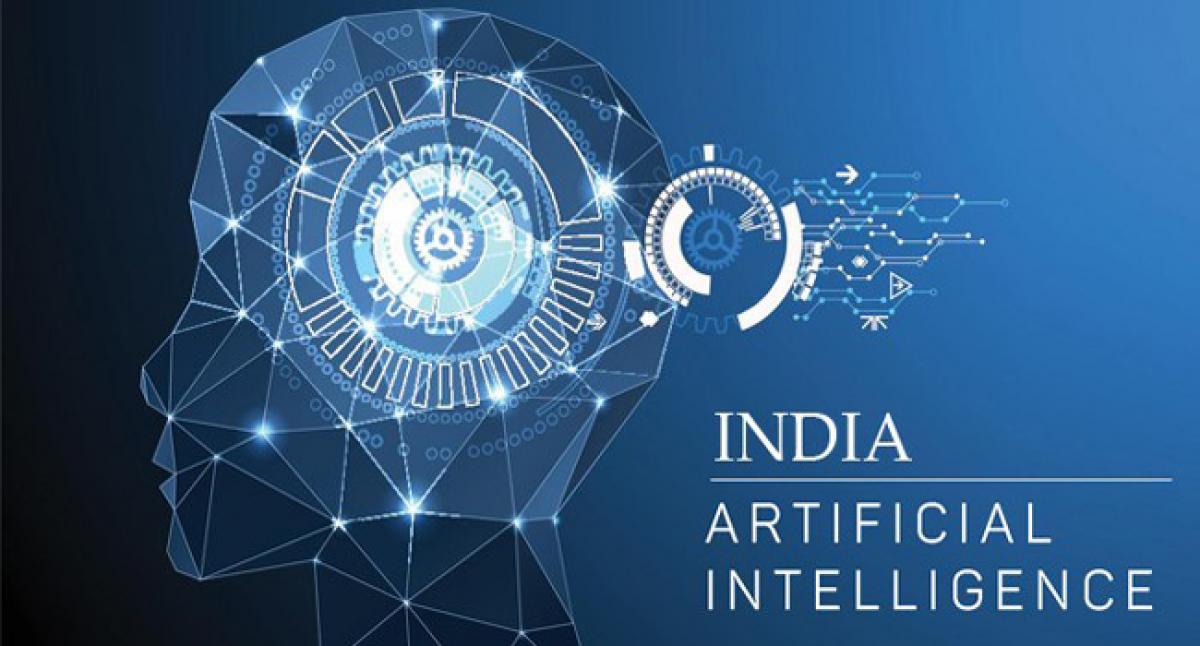Live
- Air India Suspends Tel Aviv Flights Amidst Middle East Tensions
- ‘Beauty of Indian democracy’: Women officers dominate polling in Puducherry’s Mahe region
- Apple Removes WhatsApp and Threads from its Store in China; Details
- Amid flood of complaints, 50.96 pc turnout in Bengal's three LS seats till 1 pm
- BJP expecting its 'best show in South' on back of PM Modi's popularity, says HM Amit Shah
- Mahabubnagar MP Seat Witnesses Intense Competition among Congress, BJP, and BRS Candidates
- 150 Families from YSRCP Join TDP in Tanakallu Mandal
- Special prayers offered at Dargah during Keshineni Chinni's Nomination
- Dell launches AI-powered commercial PC portfolio in India
- Maha: 5 Vidarbha constituencies records 32.36 pc polling till 1 pm









